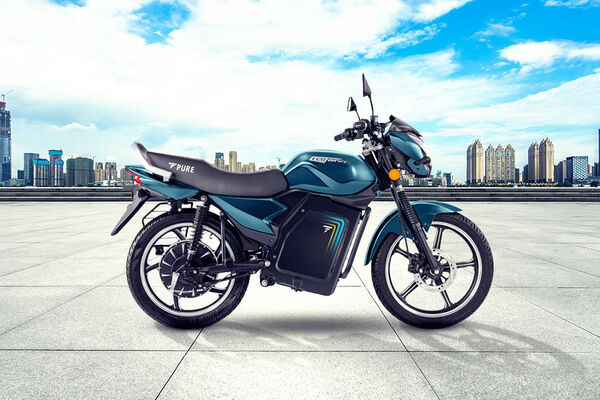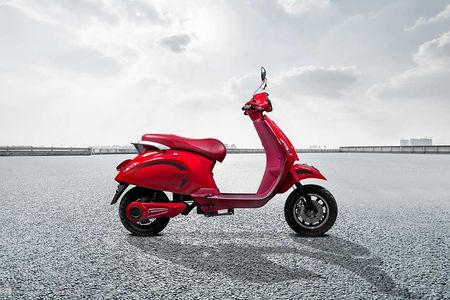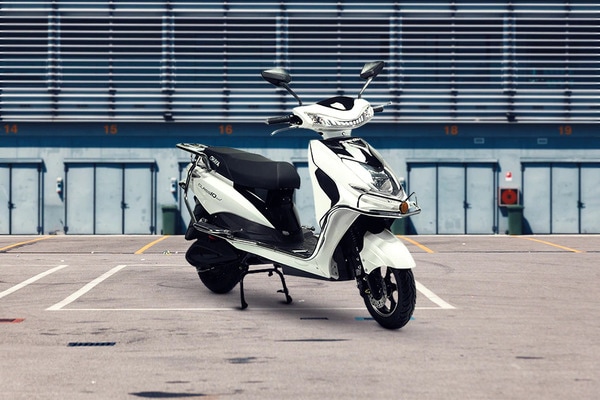Rocket scientists developing roads that charge electric vehicles on the move
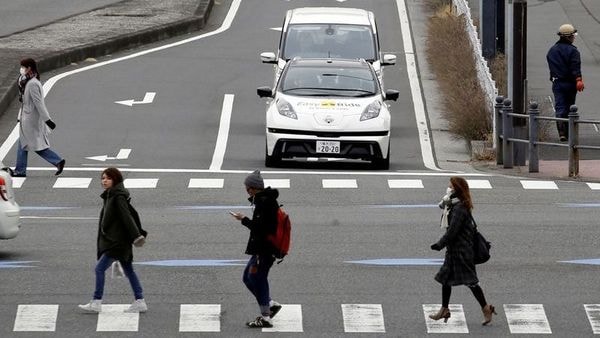

If we talk about electric vehicles, one issue bothers us all. Range anxiety, which is directly related to the scarcity of the electric vehicle charging infrastructure. But, what if the EVs can be charged while running? What if the roads themselves could act as the EV chargers?
Also Read : Electric vehicles will be cheaper than petrol, diesel cars by 2027, claims study
A group of researchers from Cornell University, led by Khurram Afridi, are suggesting that it could be possible that the electric vehicles could be charged by the roads themselves while running, which will not only offset the scarcity of charging infrastructure but reduce the range anxiety as well.
Also check these Bikes
The technology used in this process is inductive charging, which is nothing new, at least not for the automakers who are increasingly allowing smartphones to be wirelessly charged in their vehicles. The challenge is applying the technology on roads to generate the vast magnetic field to get the vehicle charged, just like the wireless charging of a smartphone in a vehicle.
Usage of this technology is not new, as it was tested in California in the 1980s as well. However, the alternating magnetic fields require expensive hardware, which demands more energy than the amount of energy it provides. However, Cornwell's researchers have developed the technology using the experience from NASA's Jet Propulsion Lab. It uses high-frequency electrical fields, instead of magnetic fields.
This technology is claimed to be allowing wireless charging of vehicles that have ground clearance up to 18 centimetres. The road uses charging plates that could be embedded tens of feet apart, which will transfer the power to the vehicles, whenever the EVs are being driven over the road.
The researchers claim that the high-frequency charging technology will charge a Nissan Leaf in four to five hours. An electric car with a bigger battery, such as a Tesla would take a longer time to get fully charged.
While this charging technology sounds very interesting, it will require a hefty and highly expensive infrastructure to be installed. While the technology is still in the research and development phase, it is not sure, when there will be any real-life implementation.








 75 km/charge
75 km/charge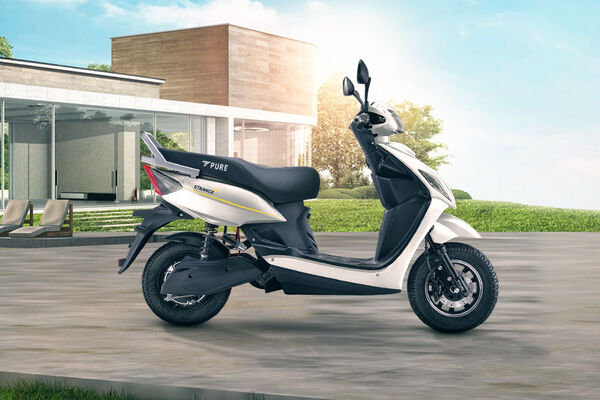
 1.8 kWh
1.8 kWh